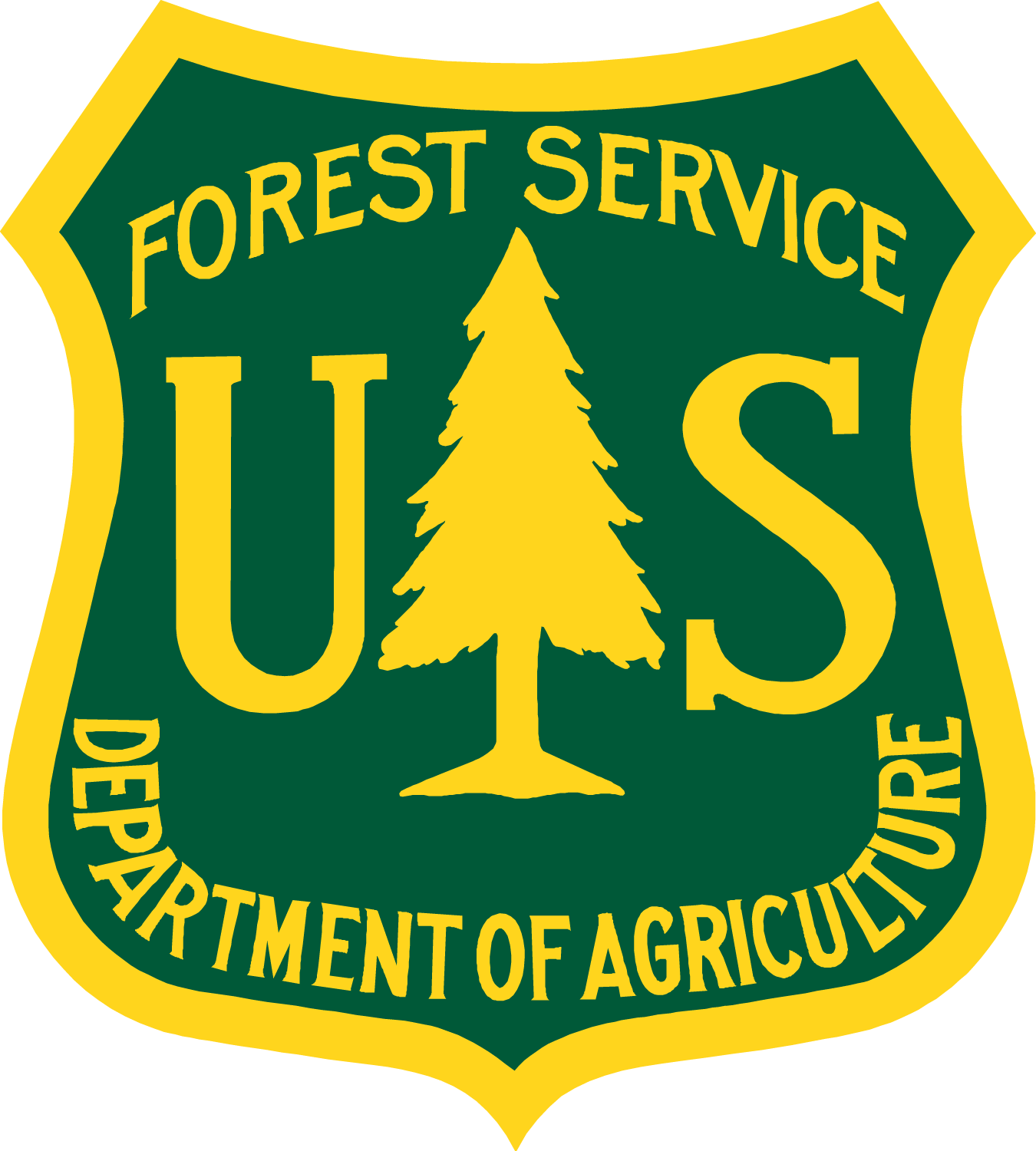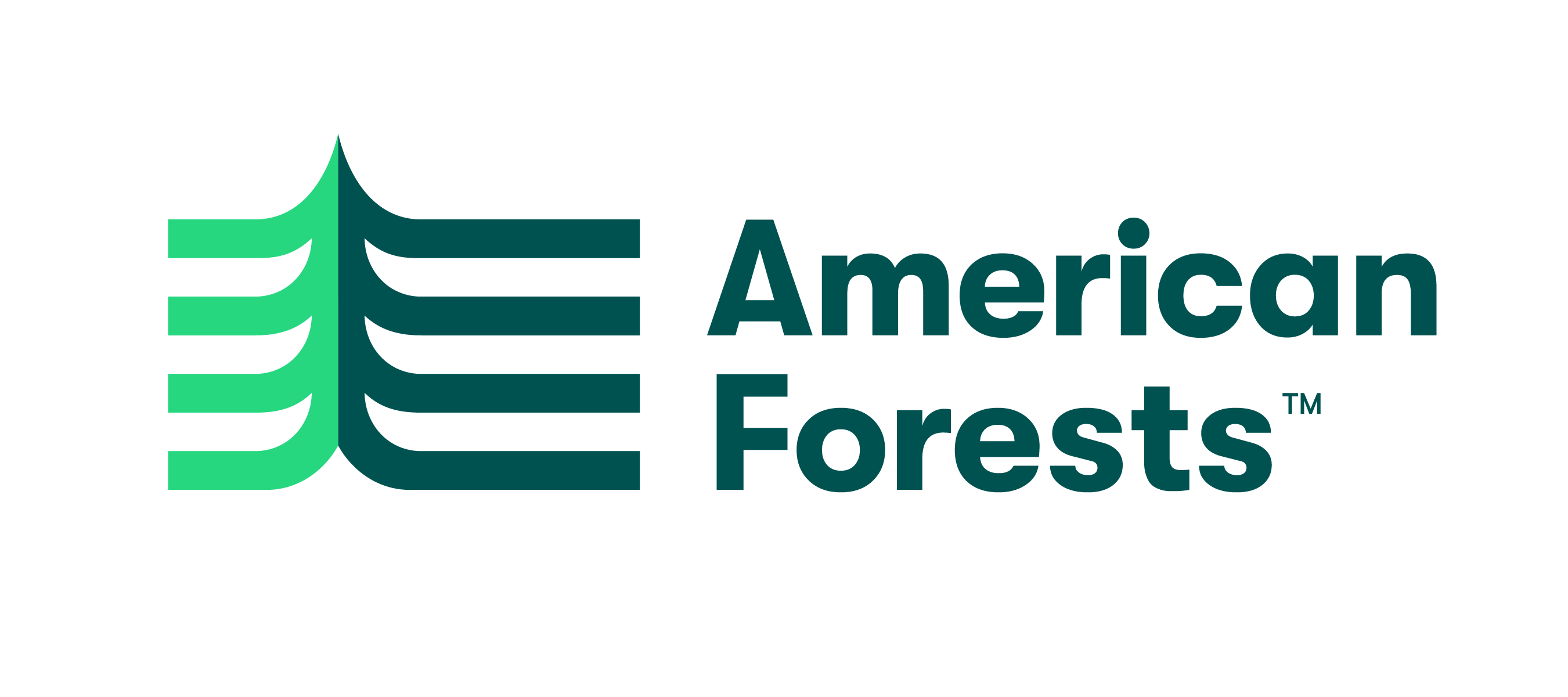The Emerald Ash Borer (EAB) pest spread out from Michigan after arriving from Asia in 2002. It crept its way across the plains, devastating nearly every ash tree in its path. Seeing this widespread collapse of tree canopies coming, the Iowa Department of Natural Resources kicked into action and built a program to support the smallest communities with the fewest resources.
A good example of the “community” part of Cooperative Forestry’s Urban and Community Forestry program, Iowa was awarded a 2010 competitive grant. Focused in eastern Iowa towns that stood on the front lines of the EAB assaulting, forestry professionals from across the state mobilized to inventory public trees on such properties as streets, parks, libraries and emergency response properties. With a budget of $643,770, they inventoried and developed a comprehensive management plan for 108 towns.
Today, this program has reached almost 400 towns and is beginning to update inventories done in the initial phase. Requests go public and there is no shortage of city clerks eager for their towns to be added to the list in order to collect this valuable information. The impact can be transformational. Below is one such example.
Hampton, toward the eastern central part of the state, shifted from a potential large sale of public trees for timber to a comprehensive urban forestry program. Hampton was approached by a timber buyer interested in purchasing a significant number of walnut and oak trees from its parks. Not sure how much of an asset their trees were, the town was able to have a full inventory conducted on its park trees through this program.
The inventory identified some declining walnut and oak trees that could be removed and sold, but it also spurred the community to create a Tree Board, achieve Arbor Day Foundation’s Tree City USA designation, implement the management plan put in place and even begin to hold volunteer events to plant new trees.

Funding
- The total cost to inventory 388 towns with a population smaller than 5,000 was $643,770.
- $328,000 was in US Forest Service grant funds specifically for the inventory and the remaining match included state funding, forest health assistance and nonprofit partner Trees Forever.
Implementation
- Visit the Iowa DNR’s urban forestry program for more information and management plans from various towns.
Partners
- District Foresters
- Iowa Tree Pests
- ISU Entomology
- ISU Forestry Extension
- ISU Horticulture
- ISU Plant Disease Clinic
- ISU Publications Store
- USDA US Forest Service
- Trees Forever


